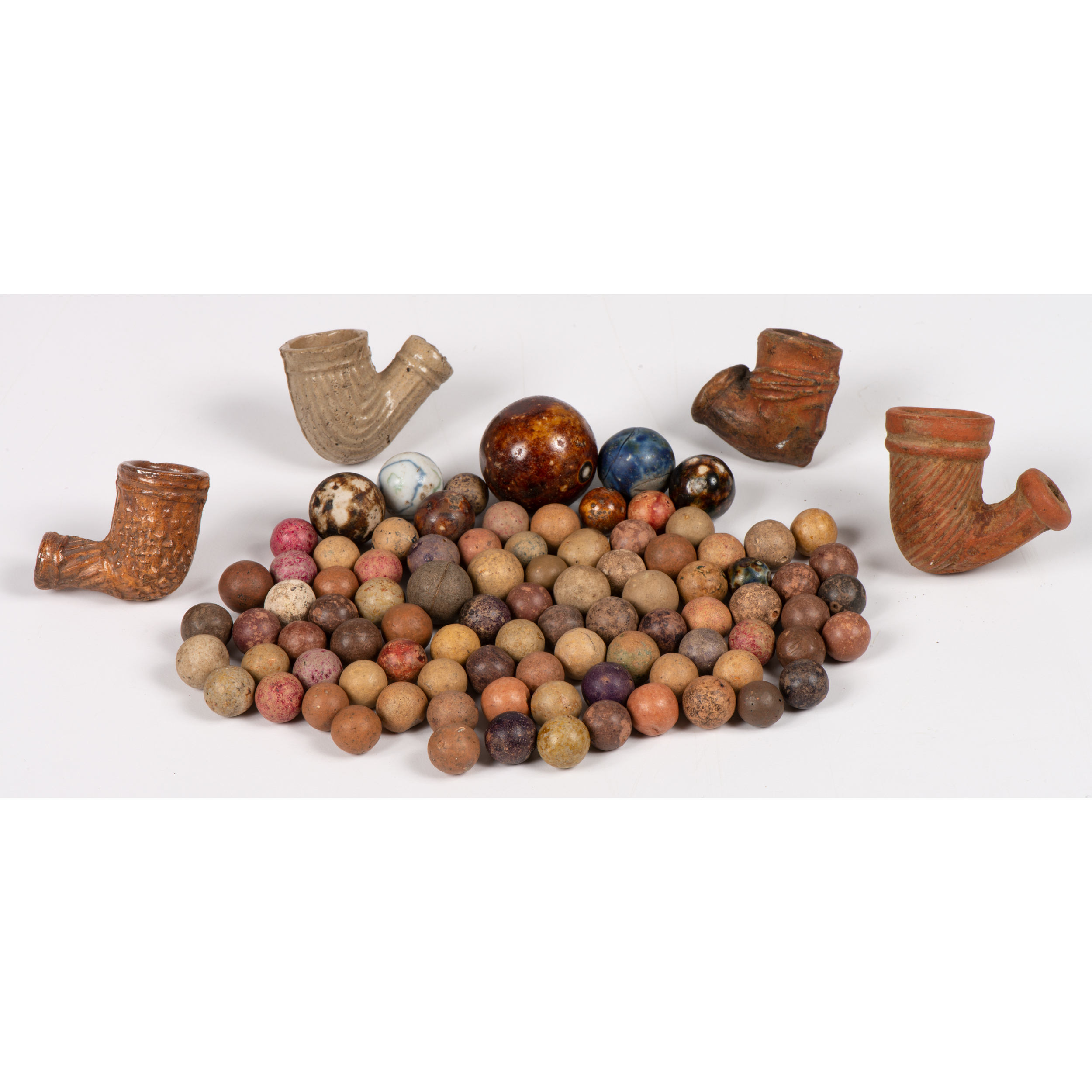

Yet the lore of the clay pipe endures and even in the coffeehouses of 1920s Vienna, long pipes with clay bowls were the fashionable choice of pipe smokers. His pipe looks almost identical to the Dutch Gouda style pipe we sell at .Ĭertainly briar pipes were common by the mid-19th century and by the 20th century had replaced the clay pipe as the smoking instrument of choice. One of our customers sent us photos of an early Dutch clay pipe he uncovered in the Hudson River a couple of years ago. Examples of Dutch pipes are still found today around New York. Clay pipe bowls grew larger as the availability of tobacco rose and the cost of tobacco dropped.īy the mid-eighteenth century millions of clay pipes were produced annually all over Europe and in the American colonies. The small bowl of the Elizabethan era clay pipes is commonly attributed to the scarcity of tobacco.

The earliest clay pipes were likely replicas of North American native clay pipes that were brought back to England or reproduced from drawings. The early European settlers saw tobacco as a one of the many interesting New World plants and right up there with adding the newly discovered tomato to the bacon and lettuce sandwich, pipe and cigar smoking became the rage in the early 17th century prompting the rise of a clay pipe manufacturing industry. Some examples of native American clay pipes are shown here. North American native peoples fashioned pipes from many materials – stone, wood and also clay. From the early days of tobacco smoking, clay tobacco pipes have played a key role.

Pipes much like the ones found all over the original colonies are also found at the sites of battles that took place during the English Civil War in the 1640s. The pipes the Gays found at North Street are certainly newer than this, and indeed clay pipes continued to be used through the 19th century. While tobacco is, of course, a New World plant and tobacco smoking something Europeans learned on this side of the ocean, the tradition of clay pipe making and smoking reached New England from Old England, where clay pipe makers’ guilds formed in the 17th century. Gay was the curator of scientific instruments at Harvard thus his wonderfully detailed notes. A detail from Eben Gay’s notes on his pipe collection.


 0 kommentar(er)
0 kommentar(er)
